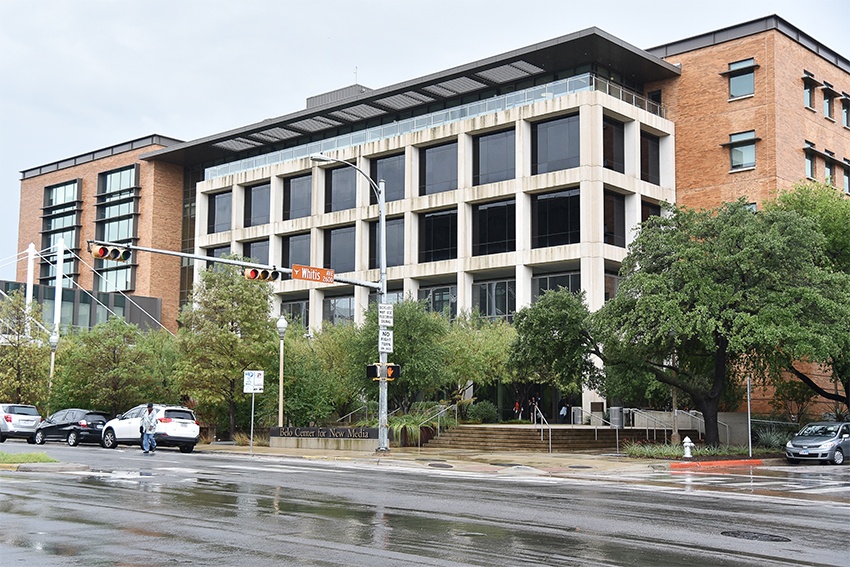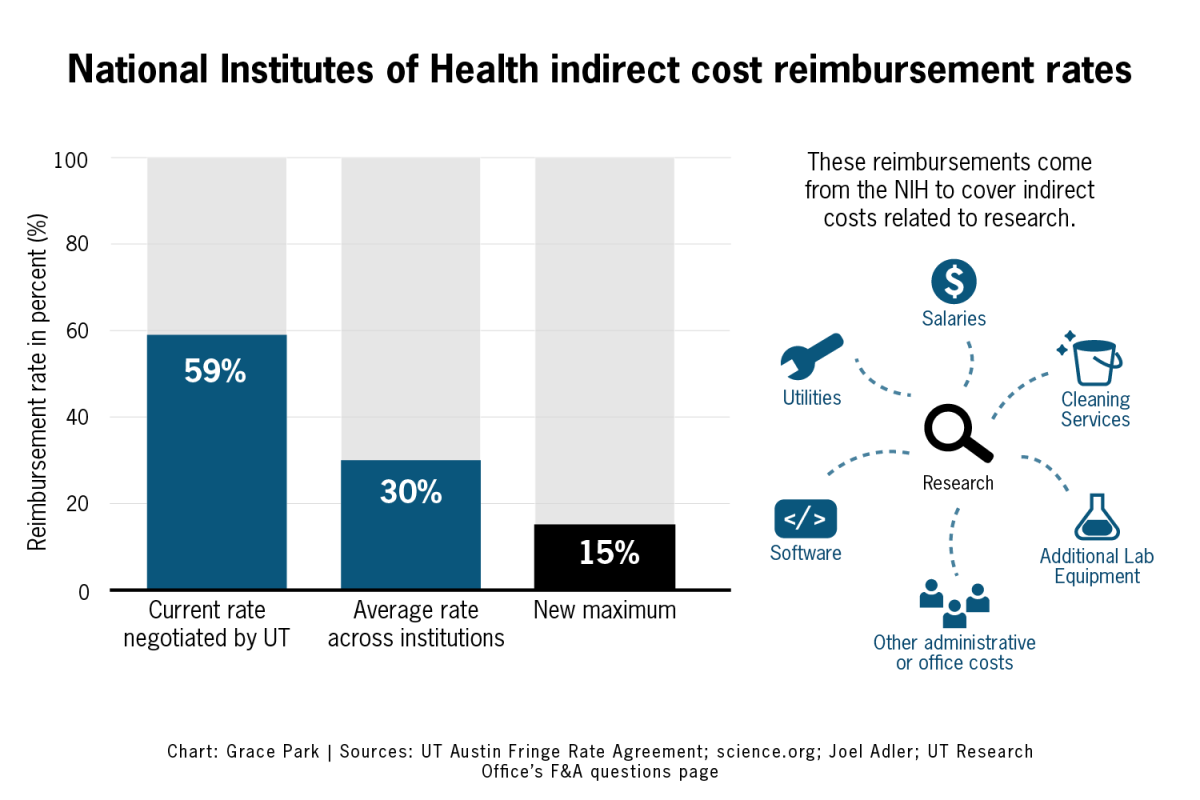The British Petroleum oil spill in April 2010 inspired a new partnership between UT and the Massachusetts Institute of Technology to create a set of guidelines that will allow scientists to avoid future crises.
The Energy Institute at UT, MIT’s Energy Initiative and Woods Hole Oceanographic Institute formed the Research Center for Environmental Protection at Hydrocarbon Energy Production Frontiers, REEF. Several UT colleges and schools will be involved, including the Cockrell School of Engineering, School of Law, Lyndon B. Johnson School of Public Affairs, McCombs School of Business and Jackson School of Geosciences. The team hopes to outline a set of realistic rules and steps to avoid major human-caused disasters, representatives said.
Director of the Energy Institute, Raymond Orbach is taking on a personal role with MIT faculty making sure programs from both schools are complimentary. Legal and regulatory aspects, environmental concerns and the risk of human error will be the main factors in REEF’s assessments, Orbach said.
Tadeusz Patzek, Chairman of UT’s Department of Petroleum & Geosystems Engineering, is part of the advisory board of the Bureau of Ocean Energy Management, Regulation and Enforcement which deals with issues relating to the REEF proposal.
“If we decide to drill, and most governments including U.S. government are of the opinion that we should, we should do it in a way as to minimize or eliminate damage to the environment,” Patzek said.
An option for extracting natural gas and oil is the process of fracking, a fairly recent method used since the ‘90s. It was first used extensively in the Barnett Shale in the Dallas-Fort Worth area, said energy and earth resources graduate student, Jenifer Wehner.
“People in the oil and gas industry commonly say ‘fracking’ to describe just one part of the whole gas exploration and production process,” according to a May 13 article from The New York Times. “Purists would say it is not really even part of ‘drilling’ but actually the ‘completion’ phase.”
Shale is a porous rock and because of its properties it holds on to gas molecules, and although there is gas in the rock, there is no way to extract it easily.
“Part of the concern regarding hydraulic fracking is putting water with chemicals down into the ground,” Wehner said. A concern is that water will seep out of the well where the oil was drilled and get into ground water.
The UT-MIT partnership is looking at areas where it’s tough to extract resources. The Arctic has a huge amount of oil and gas which is why it’s the next frontier, Orbach said, even though it’s a very sensitive environmental area. Further areas to explore include Alaska, Canada, Russia and Norway.
“We need to work with energy companies to ensure their practices are consistent with what we find best. We will bring to the government, awareness of what we’re doing but the government will decide whether to use our results or not,” Orbach said. “What we hope is that they will find them so attractive that they will help them formulate policy.”
According to an article from the Houston Chronicle on July 17, 2011, the center could require commitments of up to $100 million over five years, coming from multiple sponsors.



















